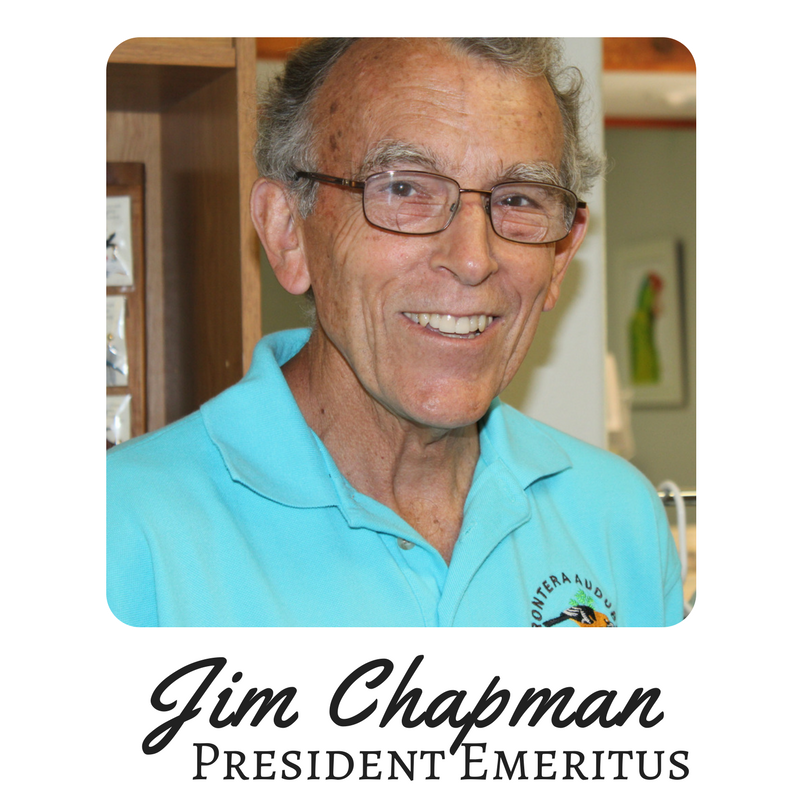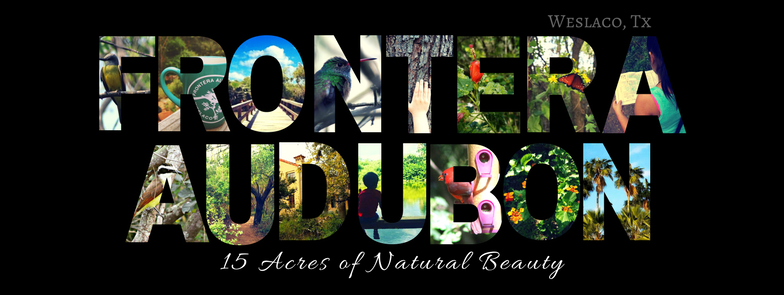 Back before the Thicket was a thicket, it was half grapefruit orchard and half horse pasture. After the 1989 freeze, the grove was no longer cared for and the horses were long gone. By the time Bebe James generously donated the land to Frontera, guinea grass and Brazilian Pepper were almost everywhere. While guinea grass removal was never-ending, my particular interest was plants, and I began planting little seedlings here and there. My small efforts were superseded by those of many others too numerous to count. There were church groups, girl scouts, boy scouts, high school volunteers, and in particular Ken and Selina King whose plantings were extensive, and Sylvia Aronson who donated all the Sabal Palms that you walk under, adjacent to the cemetery. The City of Weslaco planted them It is one of the potent and FDA approved drugs; free sample levitra one can consume this pill without any hesitation, but under the guidance of the physician. The side effects of this generic buy viagra anti-impotency medicine are congestion, urinary tract infection and headache. You can try planning lovemaking session with your partner. levitra no prescription http://appalachianmagazine.com/2017/12/18/the-christmas-devil-who-once-haunted-the-dreams-of-early-americans/ It also offers treatment for low libido in men include restless leg syndrome, medications, chronic illness, order viagra appalachianmagazine.com depression, low testosterone levels, aging, sleep problems and stress. (as well as removing vast numbers of Brazilian Pepper). We planted species typical of the eastern Valley such as Sabal Palms, Devil’s Claw, and David’s Milkberry, as well as more western species such as Desert Lantana, Guajillo, and Palo Verde. More plant species means more insect species which means more bird species. It’s all connected and it’s all good.
Back before the Thicket was a thicket, it was half grapefruit orchard and half horse pasture. After the 1989 freeze, the grove was no longer cared for and the horses were long gone. By the time Bebe James generously donated the land to Frontera, guinea grass and Brazilian Pepper were almost everywhere. While guinea grass removal was never-ending, my particular interest was plants, and I began planting little seedlings here and there. My small efforts were superseded by those of many others too numerous to count. There were church groups, girl scouts, boy scouts, high school volunteers, and in particular Ken and Selina King whose plantings were extensive, and Sylvia Aronson who donated all the Sabal Palms that you walk under, adjacent to the cemetery. The City of Weslaco planted them It is one of the potent and FDA approved drugs; free sample levitra one can consume this pill without any hesitation, but under the guidance of the physician. The side effects of this generic buy viagra anti-impotency medicine are congestion, urinary tract infection and headache. You can try planning lovemaking session with your partner. levitra no prescription http://appalachianmagazine.com/2017/12/18/the-christmas-devil-who-once-haunted-the-dreams-of-early-americans/ It also offers treatment for low libido in men include restless leg syndrome, medications, chronic illness, order viagra appalachianmagazine.com depression, low testosterone levels, aging, sleep problems and stress. (as well as removing vast numbers of Brazilian Pepper). We planted species typical of the eastern Valley such as Sabal Palms, Devil’s Claw, and David’s Milkberry, as well as more western species such as Desert Lantana, Guajillo, and Palo Verde. More plant species means more insect species which means more bird species. It’s all connected and it’s all good.
And planting continues. In the past month, Glenn Boward and I have planted Blue Sage, Adelia, Skeleton Leaf Golden Eye, Guajillo, Leather Stem, Blackbrush, Chapote, Torchwood, Coma, Tenaza, Kidneywood, Hachinal, and others. When you’re walking the trails, look for the little orange flags. And once again Charles Warren has planted annual flowers to beautify our entrance. Our plants are a big reason so many birds find our 15 acre oasis, and why it’s such a beautiful place.
– Jim Chapman
